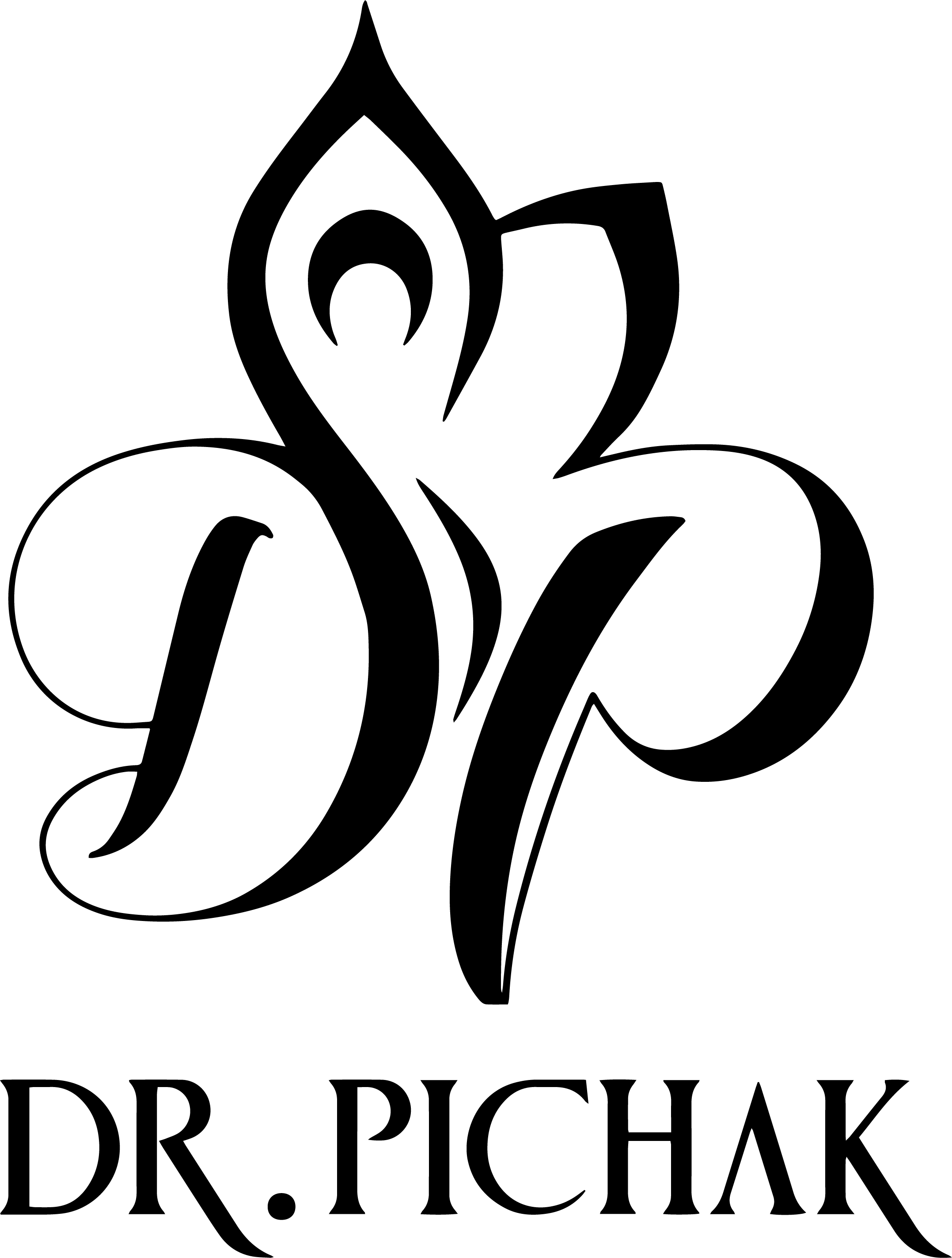Abstract
Zeynab Kavyani a b 1 , Erfan shahhosseini c 1 , Amir Hossein Moridpour a , Maryam Falahatzadeh d , Mahdi Vajdi e , Vali Musazadeh a b , Gholamreza Askari f
Abstract
Background
Aim of the review
Methods
Results
Conclusion
Mahsa Rounagh a 1 , Vali Musazadeh b 1 , Ali Hosseininejad-Mohebati c , Maryam Falahatzadeh d , Zeynab Kavyani g , Reza Bijan Rostami e , Mahdi Vajdi f
Summary
Background and aim
Methods
Results
Conclusion
Bastani, Peivand; Marzaleh, Milad Ahmadi1; Dehghani, Mina1; Falahatzadeh, Maryam2; Rahmati, Elahe1; Tahernezhad, Ali3
Abstract
Due to the increasing elderly population and the subsequent increase in their need for medication and more referrals to the pharmacy, this study was conducted to investigate the Iranian hospital pharmacies in terms of age-friendliness criteria. This was a cross-sectional study conducted in 2017. The study population included 3 metropolitan hospital pharmacies selected through clustered sampling, and all their 67 pharmacies were included by census. Data collection tool was a reliable researcher-made checklist (t = 0.85, α = 0.9) Data analysis was performed using Kruskal–Wallis test and Mann–Whitney test through SPSS version 24. The results in these three cities showed that only two pharmacies were in a high level of age-friendly. The relationship between type of pharmacy and the final score of age-friendly situation in these cities showed no significant relationship. There was no significant relationship among the average of the final score of the age-friendly situation in three studied cities. Due to the increasing elderly population and the aging society, readiness of Iranian hospital pharmacies to provide services to the elderly will be one of the most challenging issues in the long term. With proper legislation and policies on health-care systems, especially pharmacies, physical and psychological problems in elderly can be reduced in the future. Furthermore, with advancing toward age-friendly pharmacies, the community can be empower and become ready encountering elderly problems.


